Apple May Drop Standard USB in Favor of a New Reversible Connector
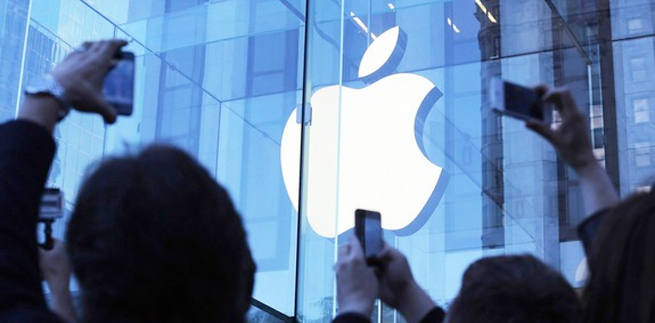
It is said that when Apple will launch its new iPhone i.e. iPhone 6 in September, it will also introduce its new Lightning data-power cable—that is, if newly leaked images circulating online are to be believed.
Several leaked photos in recent days have suggested Apple may be looking to move to a reversible USB connector for its next-generation Lightning cables, making it easier for users to plug the cables into their computers, chargers, and other equipment with standard USB ports.
MacRumors reported a leaked picture from iOS leaker, Sonny Dickson, showing the Lightning cable with a reversible USB connector. While the USB connector on the current Lightning cable is attached to the bottom of its metal housing, the connector of the supposedly newer cable is attached to the center.
Reversible USB port on the new Lightning cables! pic.twitter.com/bhVKjK3xKl
— Sonny Dickson (@SonnyDickson) August 17, 2014
“It is also therefore possible that the new Lightning cable could utilize USB 3.0 technology, as current Lightning cables support only USB 2.0. However, no other evidence suggests that the cable could be of the USB 3.0 variety.” the report from MacRumor noted.
However, Apple is not the only one with this technology. A California company by the name of UltraTek already holds a patent for the reversible connector and is selling cables through major online retailers. MacRumors suggested the possibility of the new cables being shipped along with the new iPhone 6 and subsequent iOS devices. Aside from the possible USB 3.0 support, the new Lightning cable could also support high-definition audio playback on “Made for iPhone” accessories.
That being said, this move may harm the company as all those new Macs would be incompatible with current USB Type A cords — and presumably incompatible with any other newer standards that could be released in the near future, including the expected USB Type C plug. Apple would also charge third-party accessory makers licensing fees to use its patented USB reversible connector.
Also, the new connector would also help Apple effectively ‘own’ both ends of the charging cord, so if an iPhone/iPad user wanted to employ a micro USB cable from another manufacturer, or a future USB Type C cord, they’d have to purchase two adaptors — one for each end of the cord. The word is that Apple has already issued Lightning Cable MFi specifications for headphones last June, letting accessory makers build products that connect to the Lightning port instead of a 3.5-mm jack.

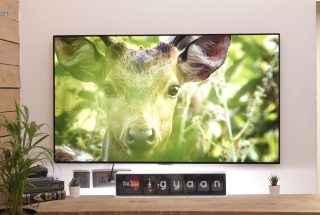
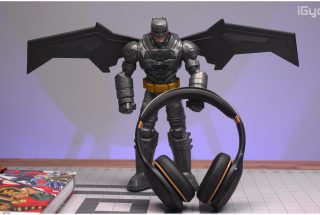
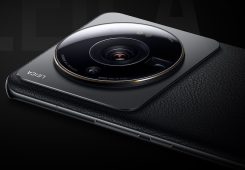
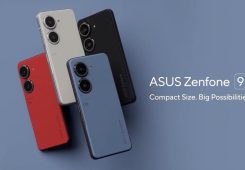
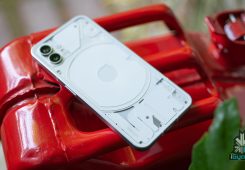
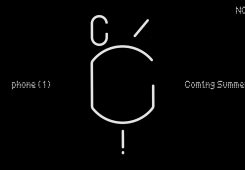
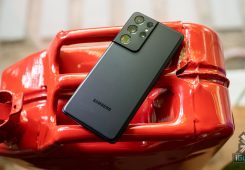
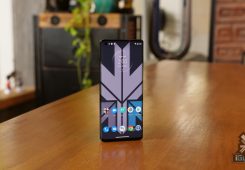
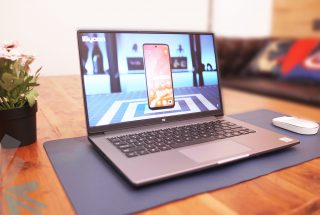


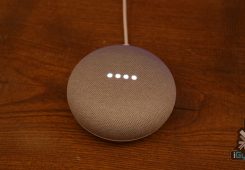

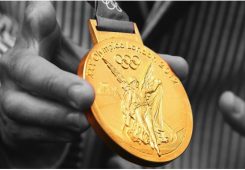
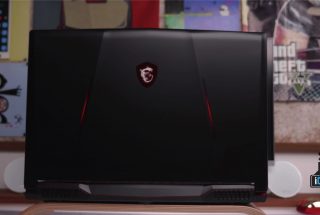
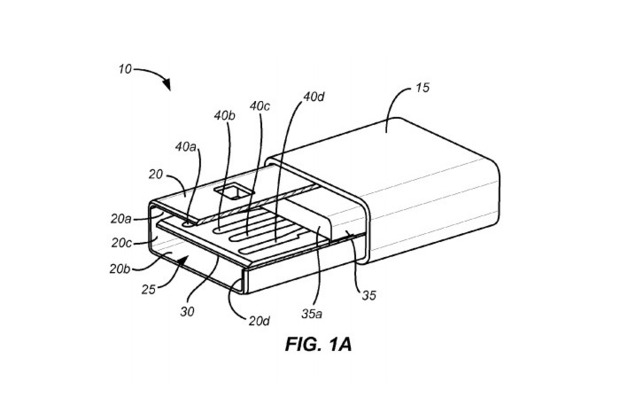
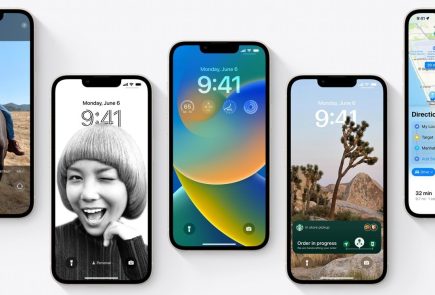
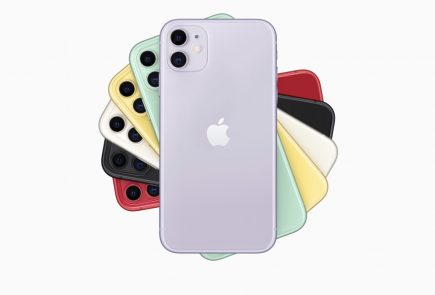
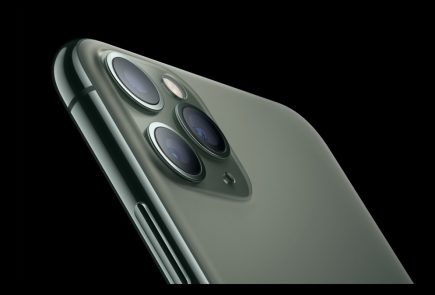
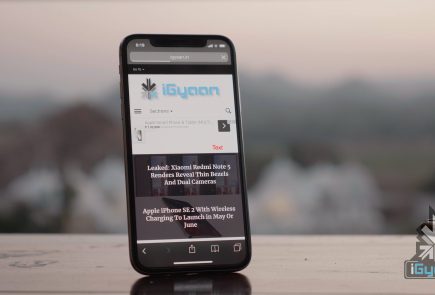
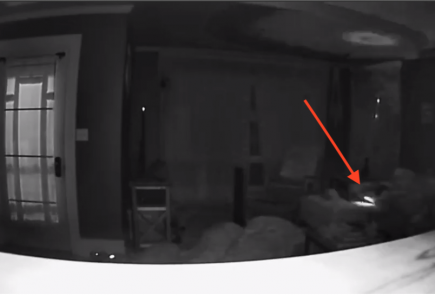
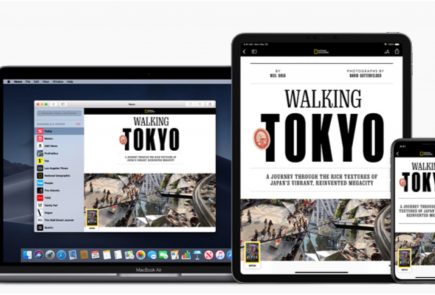


 ! For i
! For i

